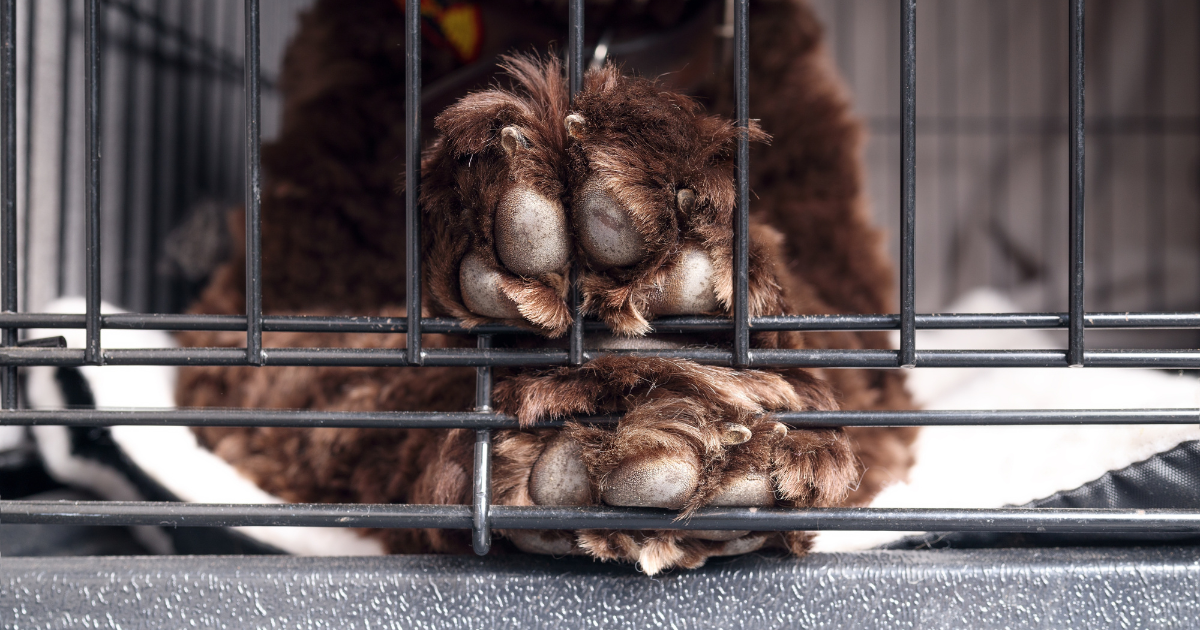Comfort: The Art of Crate Training for Older Dogs

Crate training is a valuable skill for dogs, offering them a sense of security and discipline. While often associated with puppies, crate training is equally beneficial for older dogs, imparting patience, obedience, and even aiding in health emergencies. In this guide, we explore the reasons to crate train senior dogs and provide a step-by-step process for a successful training experience.
Why Crate Train an Older Dog?
- Complete House Training: Older dogs may have acquired bad habits that crate training can help rectify, instilling patience, and teaching commands.
- Alleviate Separation Anxiety: Crate training aids in making older dogs comfortable and relaxed when alone, reducing separation anxiety.
- Emergency Preparedness: Senior dogs familiar with crates can be easily transported during evacuations or rushed to the vet in case of sudden health issues.
How to Crate Train an Older Dog:
- Select an Appropriate Crate: Choose a crate that allows your dog to stand, circle, and lie down comfortably, considering factors like enclosed plastic crates or collapsible wire crates.
- Choose the Right Spot: Place the crate in a frequented area, providing proximity to family activities. This enhances the feeling of being near you while offering a secure space.
- Create Comfort Inside: Line the crate with soft blankets or a dog bed, adding your dog's favorite toys for positive associations. Make the crate a cozy haven for your senior dog.
- Lure Your Dog In: Use treats to entice your older dog into the crate, keeping the door open initially. Avoid forcing your dog; let them acclimate at their own pace.
- Introduce a Crate Command: Teach a specific command, such as "crate" or "kennel up," associating it with entering the crate. Gradually reduce the use of treats with this command.
- Incorporate Meals: Slowly transition your dog's meals inside the crate, starting by placing food bowls next to it. This creates positive associations with mealtime and the crate.
- Gradually Close the Door: As your dog becomes comfortable, start closing the crate door for short intervals. Extend the duration gradually, resisting the urge to open the door immediately if your dog whines.
Tips for Crate Training an Older Dog:
- Plan Potty Breaks: Be mindful of your dog's need for bathroom breaks during training sessions, adjusting your schedule accordingly.
- Practice Patience: Older dogs may have ingrained habits, requiring a patient approach to crate training. Spend quality time with your dog to foster comfort.
- Use Favorite Toys: Reward good behavior with treats and cherished toys. Place these at the back of the crate to encourage positive associations.
Crate training is not exclusive to puppies; it's a valuable skill that can positively impact older dogs. By following these steps and incorporating patience and understanding, you can successfully crate train your senior dog, providing them with a secure and comfortable space for various situations.
- Tags: Advice
0 comments



